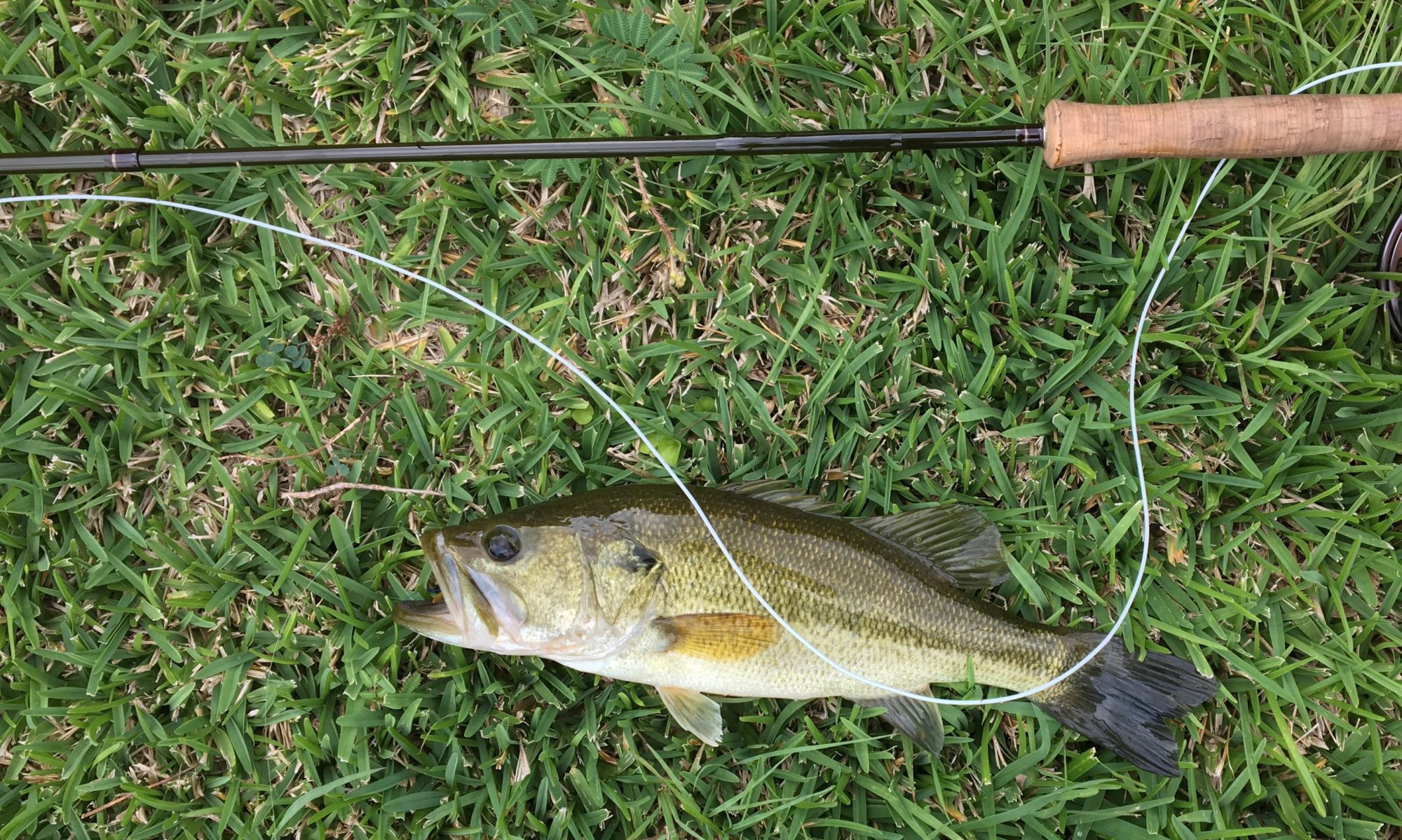Here’s a tip. If it’s in the 30s and the wind is blowing hard, and you pull into a Kansas campsite at 11 at night, angry with each other because of the wrong turn you made on the farm road, and because you couldn’t decipher the instructions at the park self-pay station, and because your companion doesn’t believe that this is the right campsite (or that if it’s not screw it, it’s a campsite); and you agree you’ll just sleep in the front seats of the van because it’s cold and dark and blowing and setting up the tent is just more than you can manage, well here’s the tip: when your companion says should we get out the sleeping bags? Say yes, and do it. The car seats will be ok, they recline and you’re exhausted, but by a few hours after you park, the inside of the van will be as cold as if there was no van at all. I froze all night, and woke with one of Kris’s sweaters wrapped around my feet, with a towel wrapped around my legs, and with a small dog snuggled for warmth as close as it could get.

Here’s a second tip. If you decide at the last minute to take the wee dogs along, and the wee dog who sticks by you is not the clean living chihuahua but the miniature schnauzer that daily collects a new layer of oily dirt and dog smells, give the dog a bath before you go. Sure, she’s a sweet dog, but after two days with the dog sleeping near you for warmth, three weeks later you’ll still conjure the smell of that dog. It was bad enough the first night, sleeping loose in the car, but the second night when it got really cold, the dog and I shared my technical skin-tight ultralight Mountain Hardware down mummy bag. In that bag there’s barely space for me, much less a schnauzer, except (because she was shivering) right at the neck. To make space for the schnauzer, I left the neck of the bag unzipped. My schnoz and that schnauzer shared too much space for too long.
Just give the dog a bath. Slightly rancid schnauzer is a smell that lingers. Take the time and give the dog a bath.

Mead State Park is not on anybody’s must-see list, but it’s pretty. In warmer weather it would have been a lot of fun to fish. There were shallow flats where in summer the bass and sunfish would cluster, except that the cold nights sent the bass and sunfish into shock and deeper water and they were nowhere to be found. There was bird life, and Kris got plenty of photos, flickers, eastern bluebirds, redhead ducks . . . The park was also packed with RVs, while we had the only tent. When we got back I asked my friend Schoonover whether he had an RV, and he said I’m old and white, of course I have an RV. I guess I’m supposed to have an RV.
We have a newish tent, and a newish propane stove. I’ve got all the backpacking gear in the world, but I bought the new tent and stove for car camping. Here is another tip, or at least an insight. When you wake up in the morning and the temperature has plummeted below freezing, you’re going to be jealous of those people with RVs. It’s hard to pack camp with numb fingers.
The dogs sat in the car and were no help at all with the packing.

There’s nothing wrong with cold I guess, and after the first cold night we had one extraordinarily beautiful day followed by an even colder, windier night. The next morning after breakfast it was overcast and spitting rain so we threw stuff into the car and drove around southwestern Kansas, to Dodge City and the Cimarron National Grassland. At 5 that afternoon, after it never warmed, we drove home, across the Oklahoma Panhandle, down through the Texas Panhandle, and then east and south to Houston. We drove through the night and got home the next morning by 9.
I was the only fly fisher at Mead Lake, but there were conventional anglers, and they weren’t catching anything either. I did have a safety plan. There’s always a spillway, and at the bottom of the spillway a bit of water where you can find sunfish. I was going to fish the Mead Lake tailwater! Here was the Mead Lake spillway. There weren’t any dry-land sunfish.

Mead Lake gets stocked with trout on November 1, and at dusk Saturday, in the prettiest light in the world, we watched rise forms across the center of the lake. I’d brought a sit-on-top kayak, the kind where sit-on-top actually translates as sit-in-a-puddle, and I tried to fish the rise. I don’t know what the fish were, maybe sunfish, but I’m half convinced it was early-stocked trout. I fished a small streamer, and got a tug, and got enough of a hit to see a quick flash of silver before the fish came off the hook, but I should have thrown out a foam beetle and let it sit. Even fishless though, it was pretty, and I fished until dark.

Here’s a fourth tip. In October Kansas gets cold, and the wind blows. Maybe June’s the time to go to Kansas.
























